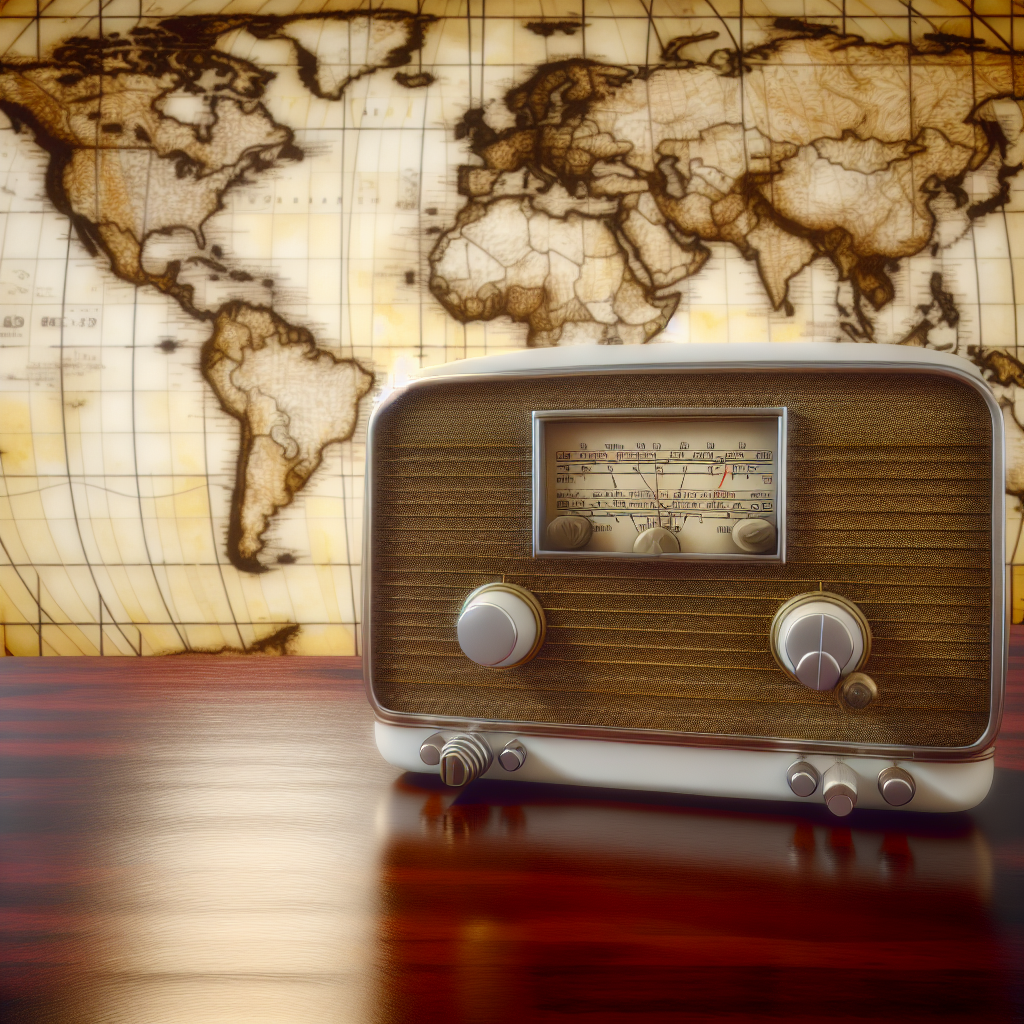Shortwave radio plays a pivotal role in global communication, connecting remote regions and serving emergency needs. Explore the nuances of radio frequency bands, signal reception, and amateur radio culture, and learn how this technology continues to influence international and emergency broadcasting.
Exploring Shortwave and HF Radio Bands
Shortwave and HF radio bands, spanning 3-30 MHz, utilize specific radio frequency bands known for their unique propagation characteristics. Unlike FM broadcasting, shortwave signals reflect off the ionosphere, enabling them to travel vast distances—often reaching across continents. This ability to bounce off atmospheric layers reduces the impact of physical barriers and increases global accessibility. Signal reception quality hinges on various factors, including antenna tuning and local interference. Portable and analog shortwave radios, like the Grundig and Tecsun models, facilitate listening anywhere, making them invaluable tools for emergency communication and international broadcasts, especially for those in rural or disaster-prone regions.
The Role of Amateur Radio in Global Connectivity
Amateur radio, often referred to as ham radio, plays a vital role in fostering global connectivity. Utilizing designated amateur radio bands, enthusiasts engage in communication across continents, sharing insights and cultural exchanges. These bands enable operators to experiment with various transmission modes, enhancing their skill in signal reception and antenna tuning.
Importantly, ham radio serves as a lifeline during emergencies, particularly in remote and disaster-prone regions where traditional communication may fail. In such scenarios, amateur operators provide critical support by establishing communication links, thereby facilitating disaster preparedness and response. This vibrant community promotes international friendships and knowledge sharing, contributing significantly to global communication.
Understanding Radio Propagation Techniques
Radio signals can traverse vast distances through various propagation methods, such as skywave and skip propagation. Skywave propagation occurs when radio waves, particularly in the shortwave range, reflect off the ionosphere, allowing signals to reach receivers far beyond the horizon. This technique is crucial for international shortwave broadcasts, allowing listeners to pick up global stations. Similarly, skip propagation allows signals to “skip” between the earth’s surface and ionospheric layers, enhancing signal reception for both shortwave and amateur radio operators. Understanding these techniques is vital for effective communication in remote areas, disaster response, and global radio enthusiasts engaged in DXing and shortwave listening.
Evolution and Impact of AM Broadcasting
AM broadcasting has played a significant role in the evolution of radio communication, evolving alongside shortwave radio to facilitate long-distance transmission. Initially reliant on analog methods, AM broadcasting utilizes amplitude modulation to efficiently transmit audio signals across various radio frequency bands. This technology integrates seamlessly with shortwave frequencies, allowing international news and emergency broadcasts to reach remote regions. As listeners tune in via portable shortwave radios like the Tecsun PL-880 or the Sony ICF-SW7600, AM remains relevant in providing vital information during crises. Furthermore, its deployment in disaster preparedness underscores its enduring significance in global radio communication.
The Future of Shortwave in Communication Technology
Shortwave radio faces both challenges and opportunities as technology evolves. Innovations like digital shortwave receivers and Software-Defined Radio (SDR) enhance signal reception, enabling clearer broadcasts and more versatile listening experiences. As analog shortwave systems fade, portable digital receivers like the Tecsun PL-880 and Sony ICF-SW7600 are becoming popular among hobbyists and survivalists alike. However, competition from the internet and satellite radio pressures the shortwave community. Nevertheless, its unique capacity for global radio broadcasts, particularly in emergency and rural communication, ensures its continued relevance. As long as access to reliable information is critical, shortwave will adapt and thrive.
Takeaways from This Article
Shortwave radio remains a vital communication tool, with significant applications in global broadcasting and emergency scenarios. Its unique ability to transcend vast distances ensures its relevance amidst modern communications technology.

Leave a Reply
You must be logged in to post a comment.